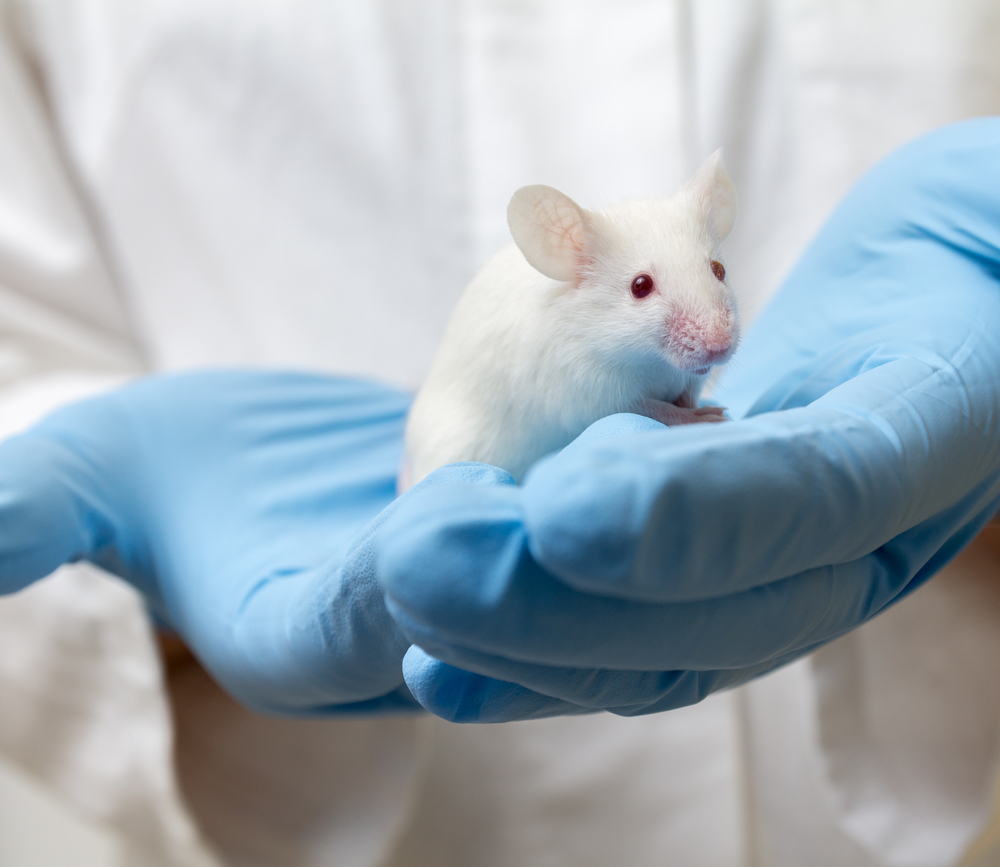Brain Inflammation in Gaucher, Other Lysosomal Disorders Caused by Resident Immune Cells, Mouse Study Finds
Written by |

Brain inflammation in Gaucher disease and two other lysosomal disorders is not caused by infiltrating macrophages to the central nervous system, but instead is likely caused by resident immune cells of the brain, a mouse study suggests.
The study, “Absence of infiltrating peripheral myeloid cells in the brains of mouse models of lysosomal storage disorders,” was published in the Journal of Neurochemistry.
Previous research has suggested that in lysosomal storage disorders, including Gaucher disease, neuroinflammation is caused by infiltration of certain immune cells, called macrophages, into the brain.
Macrophages are cells of the immune system that work by engulfing pathogens, and are also the cells that accumulate in multiple organs and cause symptoms of Gaucher disease.
Now, researchers used mouse models of Gaucher and two other lysosomal disorders — Niemann‐Pick disease type C and Sandhoff disease — to search for evidence of infiltrating immune cells in the brain.
In addition to testing for blood-derived macrophages, researchers also examined the presence of microglia, which are primary resident immune cells of the central nervous system.
Mice were all examined at the time the diseases reached their peak — 24 days of age for Gaucher disease, nine weeks for Niemann‐Pick, and 14 weeks for Sandhoff.
As positive controls (mice known to have significant infiltration of blood-derived macrophages in the brain), researchers used mice with autoimmune encephalomyelitis (EAE), a model used for multiple sclerosis.
“We determined the percent of microglia compared to [blood-derived macrophages] in the brains of the three [lysosomal storage disorders] models, and compared these values with those obtained from the EAE model,” they wrote.
As expected, most immune cells in the brain of EAE mice were infiltrating macrophages — 68.6% — compared to a much lower percentage of resident microglia cells — 31.4%.
The three mouse models, however, had remarkably low levels of infiltrating macrophages in their brain.
In mice with Gaucher disease, only 1.9% of immune cells in the brain were infiltrating macrophages, which was similar to that of healthy control mice (2.4%).
Infiltration in the other two mouse models was also minimal or very low — 2.2% for the of Sandhoff disease model and 2.9% for the mice with Niemann‐Pick disease type C.
Overall, these results suggest that “resident microglia, which are phenotypically distinct from infiltrating macrophages, are the only myeloid population present in significant numbers within the brain parenchyma in these authentic mouse models, even during the late symptomatic stages of disease when there is substantial neuroinflammation,” researchers wrote.


